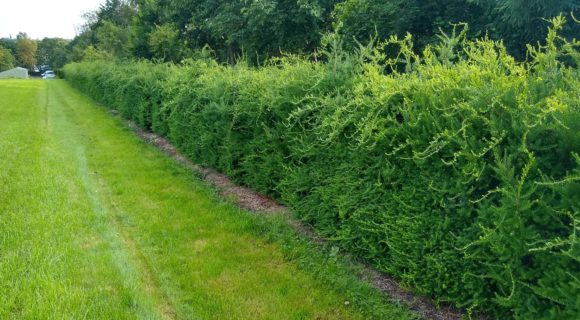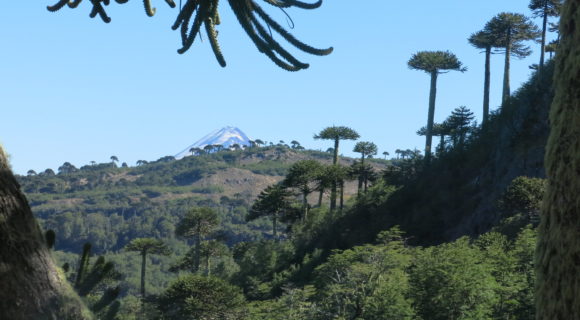1 February, 2017
Conservation Hedges
Since 2014, the International Conifer Conservation Programme (ICCP) has been planting conifer conservation hedges. This initiative is being driven by the potential for relatively large numbers of genotypes from a single threatened species being stored in a linear space. For example, save for some species of the Pinaceae and Araucariaceae, most of the 29 Critically Endangered conifer species could be effectively cultivated in hedges. See Gardner et al. (2018) Conservation Hedges - Modern-day Arks. Sibbaldia 17:1.30



